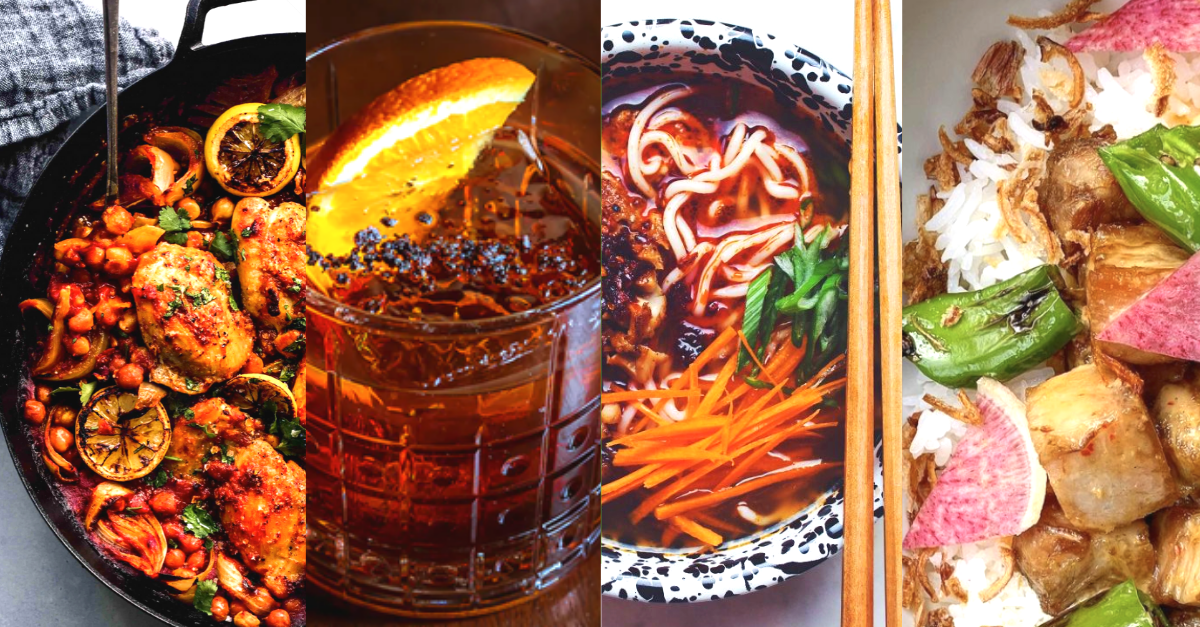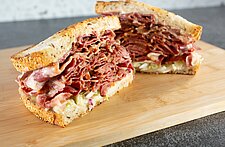At a time when international travel isn’t feasible for many, and when people’s social interactions often remain limited, taking emotional journeys through flavors becomes even more important. To break up the monotony of life in a pandemic and to travel via taste buds, North American consumers are seeking exotic, novel flavors and ways of preparing food from around the world.
Food and beverage brands can look for qualities like boldness, spiciness and warmth in sauces, spices and other ingredients when trying to help consumers have emotional discoveries. From tastes of the Philippines to Yemen, a world of flavors is waiting to be enjoyed by more consumers in North America.
Subscribe to In-sight for the next articles in our 2021 Top Flavor Trends Series!
Against this backdrop, some of the top trends for 2021 inspired by Emotional Discoveries include:
GLOBAL FERMENTED FLAVORS
In our 2020 report, we saw fermentation as a trend more in the sense of consumers craving natural ways to add unique fruity flavors. This year, we project a continued interest in fermentation but with increased emphasis on global fermented flavors, especially savory ones.
Many cultures have their own versions of savory, fermented sauces and condiments, and some of the ones likely to trend in 2021 include:
• Bagoong: This salted and fermented fish condiment/seasoning comes from the Philippines and is making its way into more dishes in North America. In Los Angeles, Peruvian restaurant Rosaliné serves a paella-style fried rice with ingredients like pancetta, shrimp and bagoong.
• Doenjang: This Korean fermented bean paste can be a popular way to add umami flavor and depth to fish dishes and other savory fare. Current Fish & Oyster in Salt Lake City serves a short rib and scallops dish with doenjang potatoes.
• Garum: Despite being an ancient culinary item, this fermented fish sauce from the Mediterranean region can still be used to add novelty to dishes in North America. It’s often used to flavor fish and vegetable dishes in a way that enhances rather than overpowers natural flavors.

Last year, global flavors such as those from the Levant became more popular in North America, and this year we see a continued craving for Middle Eastern flavors. Yet this year stands out with more emphasis on Middle Eastern spices and hot sauces.
Interested in daily flavor trends? Subscribe to our newsletter, CLICK HERE!
In 2021, look for more use of the following types of Middle Eastern flavors that bring the heat:
• Urfa Biber: This crushed dried chile pepper from Turkey provides a smoky and hot flavor to liven up everything from cocktails to even desserts. In Washington D.C., the restaurant Annabelle has served a goat cheese cheesecake spiced up with Urfa-flavored honey, as Eater reports.
• Zhoug: This Yemeni hot sauce is often made from cilantro and is somewhat like a spicy version of pesto. It’s a versatile sauce that gives a hot, earthy kick to everything from fish to pasta to vegetable dishes.
• Aleppo Pepper: This dried and ground pepper is usually grown in Syria and Turkey, and it can be used similarly to crushed red pepper flakes (typically from cayenne) that are often found in North America. For example, Maple & Rose, a cafe in Westchester, NY, serves avocado toast topped with Aleppo pepper.
ELEVATING COMFORT FOODS
Comfort foods not only can provide consumers with Premium Indulgences, but they can also provide Emotional Discoveries. Taking classic comfort food dishes and adding unexpected, luxurious twists can bring about feelings of joy. Some of the flavors that may support this trend in 2021 include:
• Star Anise: This spice adds a comforting, warm flavor, somewhat similar to cloves crossed with licorice. Adding this spice to desserts and coffee drinks, much as an ingredient like cinnamon might be used, can help elevate comfort foods by paradoxically providing a slightly new yet familiar taste.
• Marjoram: While many consumers may be familiar with the name of this herb, others with similar tastes, like oregano and thyme, tend to be used more in North America. Look for more uses of marjoram in dishes like pizza and pasta to add a subtle variation to comfort foods.
• Shichimi: This Japanese spice blend combines several ingredients such as red pepper, orange peel and seaweed. It adds unique warmth to elevate classic dishes. For example, Yokozuna, which has three restaurants in Oklahoma, serves fish nachos and tuna poke tacos, both of which are seasoned with shichimi.
To feed consumers’ desire for emotional discoveries through what they eat and drink, food and beverage brands can tap into these trends to create exciting new offerings. From evoking feelings of warmth and happiness, to bringing excitement and novelty to consumers through global tastes, these flavors can help lift people’s spirits. Chefs, mixologists and others can draw in customers through their own takes on these flavors that lead to emotional discoveries.
To learn more about our 2021 Top Flavor Trends Report, download our report preview or reach out to your Account Manager to schedule a presentation!
Continue reading the article series for our 2021 Top Flavor Trends Report:
• Part 1: Report Introduction
• Part 2: Healthy Lifestyle
• Part 3: Natural Goodness
• Part 4: Premium Indulgence





